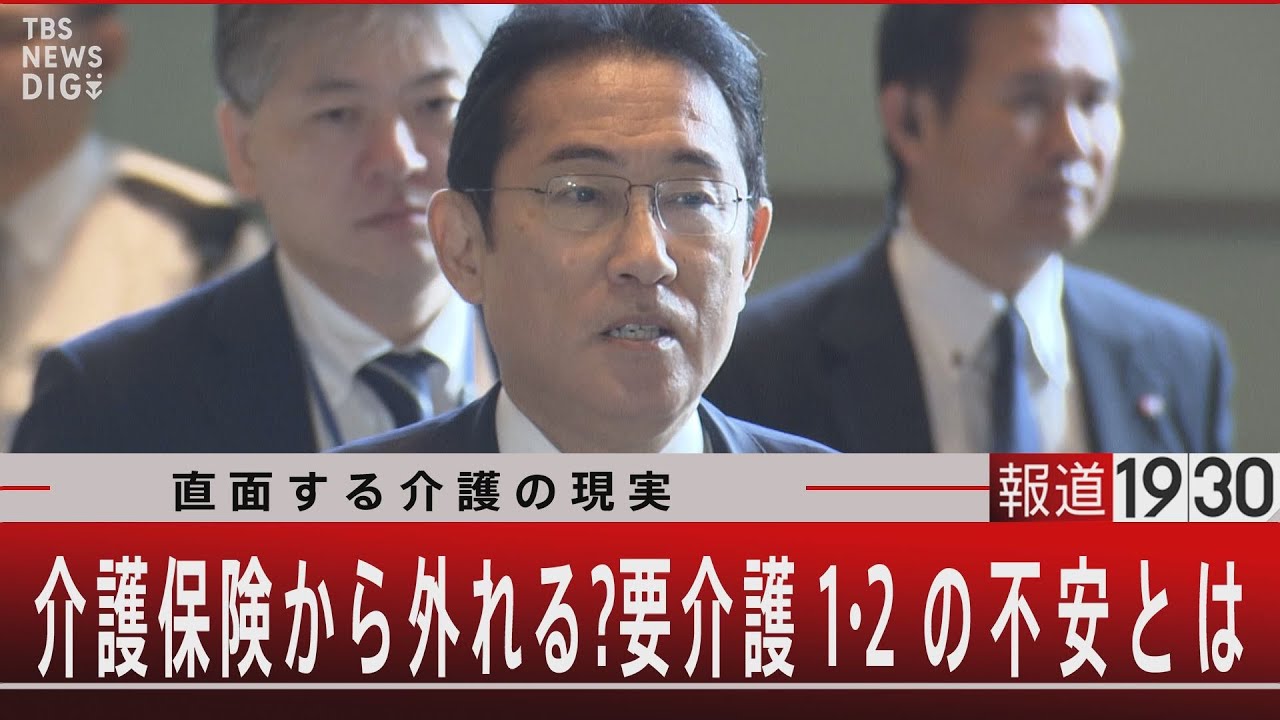Como funciona a Previdência. E qual o debate sobre a reforma
Summary
TLDRBrazil's social security system, or Previdência, faces growing challenges due to an aging population and financial strain. The system, based on contributions from current workers to support retirees, is increasingly unsustainable as the number of retirees rises and life expectancy increases. Reform proposals, including raising the retirement age, adjusting contributions, and shifting to a capitalization system, aim to address the deficit and long-term sustainability. However, these changes present significant challenges, particularly in terms of transition costs and ensuring adequate pensions. The debate continues on how to balance financial stability with social protection for the most vulnerable.
Takeaways
- 😀 Social security systems are a result of workers' movements, beginning in the 19th century with postal workers in Brazil.
- 😀 The Brazilian social security system evolved from a postal worker pension plan in the late 19th century to a broader public system in 1923.
- 😀 The system is based on 'repartição,' where current workers contribute to support retirees, creating an intergenerational balance.
- 😀 A key challenge is the increasing number of retirees compared to workers, which is putting pressure on the financial sustainability of the system.
- 😀 With life expectancy rising, more people are retiring for longer periods, leading to a situation where contributions are insufficient to cover benefits.
- 😀 The Brazilian government has introduced reforms to raise the retirement age, increase contributions, and reduce benefits to address the growing deficit.
- 😀 In 1940, there were 13 working-age people for every retiree in Brazil; by 2060, this ratio is projected to fall to 1.65.
- 😀 The pension system’s deficit is a result of lower contributions and higher payouts, with some questioning the government's methodology in calculating the deficit.
- 😀 The debate over the deficit centers on whether the broader budget of social security, including health and assistance, should be considered in calculations.
- 😀 Transitioning to a capitalization system, where individuals save for their own retirement, could solve long-term problems but would create a larger deficit in the short term due to the cost of supporting existing retirees.
- 😀 Reforming the system is necessary to balance the financial strain while continuing to protect the most vulnerable populations, but the challenge lies in determining the best approach.
Q & A
What was the origin of the pension system in Brazil?
-The pension system in Brazil began at the end of the Empire, initially for postal service employees, and evolved into a public social security system in 1923.
How does the Brazilian pension system function?
-The Brazilian pension system is based on a redistribution model, where current workers contribute, and the government uses these contributions to pay the pensions of retired individuals.
What is the main challenge faced by the pension system in Brazil?
-The main challenge is balancing the increasing number of retirees with the number of active workers contributing to the system, especially given the country's aging population.
How has the life expectancy in Brazil affected the pension system?
-As life expectancy increases, individuals are living longer after retirement, which means they draw pensions for a longer period, leading to a greater financial burden on the system.
What is the impact of Brazil's demographic changes on the pension system?
-Brazil’s demographic changes, such as an aging population and declining birth rates, result in fewer workers supporting a growing number of retirees. This shift makes the system increasingly unsustainable.
How does the pension system's financial sustainability work?
-The sustainability of the system relies on contributions being greater than or equal to the amount paid out in pensions. However, with fewer workers and more retirees, the system faces deficits.
Why are pension reforms considered necessary in Brazil?
-Pension reforms are necessary to address the financial deficits caused by demographic changes and to ensure the system remains viable for future generations.
What are the proposed changes in the pension reform?
-The proposed changes include raising the retirement age, increasing contribution periods, and reducing benefits to balance the amounts paid and received in the pension system.
What is the argument against the government’s calculation of the pension system’s deficit?
-Critics argue that the government’s deficit calculations do not account for all resources that should be directed to the pension system, such as funds from the social security budget that includes health and assistance.
What is the concept of the capitalization system in pension reform?
-The capitalization system is a proposal where workers save for their own retirement, and the amount they save determines their pension, as opposed to the redistribution model currently in place.
Outlines

Esta sección está disponible solo para usuarios con suscripción. Por favor, mejora tu plan para acceder a esta parte.
Mejorar ahoraMindmap

Esta sección está disponible solo para usuarios con suscripción. Por favor, mejora tu plan para acceder a esta parte.
Mejorar ahoraKeywords

Esta sección está disponible solo para usuarios con suscripción. Por favor, mejora tu plan para acceder a esta parte.
Mejorar ahoraHighlights

Esta sección está disponible solo para usuarios con suscripción. Por favor, mejora tu plan para acceder a esta parte.
Mejorar ahoraTranscripts

Esta sección está disponible solo para usuarios con suscripción. Por favor, mejora tu plan para acceder a esta parte.
Mejorar ahoraVer Más Videos Relacionados

直面する介護の現実/介護保険から外れる?要介護1・2の不安とは【11月30日(木)#報道1930】|TBS NEWS DIG

How will falling birth rates affect the global economy? | BBC News

Work until you're 100 - Japan's Incredible Life Expectancy (2010)

Why China Ended its One-Child Policy

What Happens When Demographics Change Forever?

The Effects of Population Growth
5.0 / 5 (0 votes)
